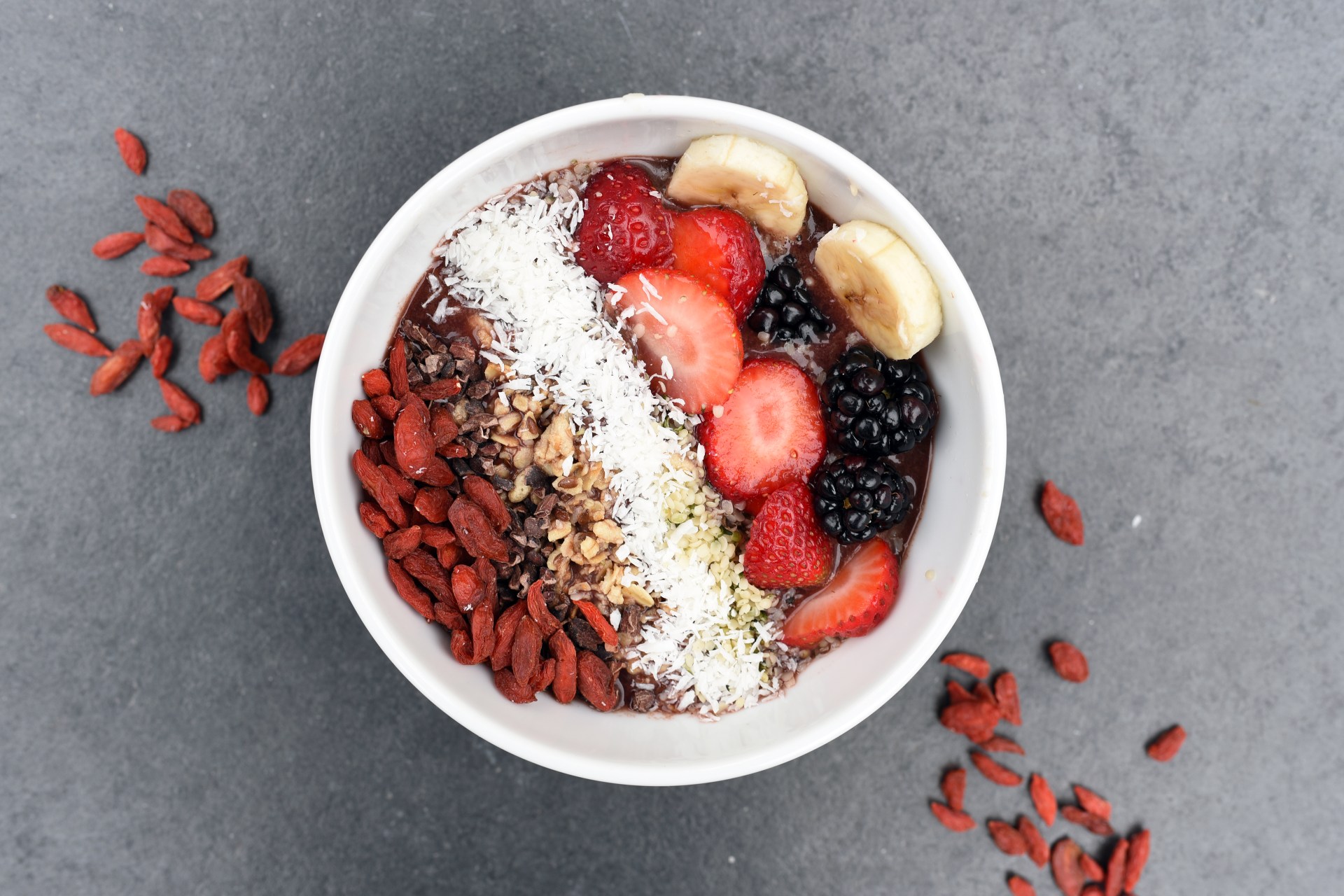When we think of homemade food, most of us tend to associate it with food that is good for us and nutritionally “safe”. Especially when compared to the likes of drive thrus, take away and eating out, homemade food is generally seen as the healthier alternative. However, there are some common food items or “staples” in our pantries and refrigerators that may not be all that good for us.
Today, I want to talk about some of the worst food staples and give you girls some healthier alternatives that you could replace them with. The key to maintaining a healthy diet comes down to the types of foods and ingredients you use in your cooking. By being equipped with the right foods, you can find it so much easier to eat healthy.
Table Salt
“Surely not!” I hear you all saying… Now I’m not trying to tell you that ALL salt is bad as sodium (a.k.a. salt) is a mineral that we need in our diet in small amounts. What I’m trying to say is that some are better than others, and unfortunately generic table salt doesn’t top the charts.
While white table salt originates from sea salt, it is often stripped of many of its naturally occurring minerals during processing. This can include being combined with additives, heated to high temperatures, and being bleached white. So what we’re left with is a very refined product that doesn’t have as much to offer in the way of nutrition.
Table Salt Alternatives?
The best alternatives for table salt are ones that are as close as possible to their natural form. Some great examples include Himalayan salt and Celtic Sea salt. These salts can come in rock formation and you can choose to grind them yourself or use them whole depending on what you are cooking. The price point of these purer salts may be a little higher, however for the sake of the nutritional benefits, I think this is a staple worth the extra price!
Bottled Sauces
In Australia, you can’t go to a barbeque without there being tomato sauce on the table! Bottled sauces can be a staple for many dishes, especially if you are at a party or social gathering. The issue with sauces such as barbeque, tomato, sweet chilli, asian-inspired sauces and the likes is that they often contain a large amount of sugar and salt. This can also be true for things such as pre-made pizza and pasta sauces. As well as their high sugar and salt content, many bottled sauces may also contain preservatives to prolong their shelf life and/or artificial colours to make them look more more vibrant and appealing. While it may be a great convenience to grab them from the pantry, you might think twice once you check out the label!
Bottled Sauce Alternatives?
If you’re someone that has a small dollop of bottled sauce on your meal from time to time, then there’s no need to be concerned. However, if you’re a regular “saucer”, then you might want to consider finding an alternative! I think that a fresh, homemade sauce is always better than one pulled off of the shelves in terms of both nutrition and taste. There are so many amazing recipes that you can find in cookbooks and online these days, which is super handy. However, if you are in a situation where you are pushed for time and can’t make your own, then I recommend choosing varieties that are as low in added sugar and salt as you can find.
Deli Meat
Deli meats (processed meat) such as ham, salami, bacon, pastrami, hot dogs and other sausages are a refrigerator staple for many people. The main issue with these foods is that they usually include preservatives, called nitrates. These are generally added to help prevent the growth of bacteria, prevent spoilage, and give these foods their colour and flavour. Deli meats can also be incredibly high in salt and saturated fat. Again, eating these in small portions every once in awhile is okay, but if they are a daily staple for you, then you may want to look at finding healthier alternatives.
Deli Meat Alternatives?
Instead of buying deli meat, try using freshly cooked chicken or turkey meat. You can grill or poach a batch every few days so you always have some ready to put into sandwiches or salads. Another option, if you are ever roasting meat, is to make a little more so that you can use the leftovers for lunch the next day or so. Having fresher versions means you’re likely to get more of the nutrients that these foods have to offer and less of the hidden nasties.
Fruit Yoghurt
Fruit flavoured yoghurts may market themselves as using “real fruit” but this isn’t necessarily a lot of fruit and can be often misinterpreted. Instead of using ACTUAL fruit pieces, some manufacturers could actually just be using fruit juice, fruit puree or fruit juice concentrate. While the origins of these things may well be fruit, most of the nutrients that it would usually contain are often lost during processing. So essentially all you’re left with is the fruit sugar, and something that was intended to be a healthy snack has become more of a dessert!
Fruit Yoghurt Alternatives?
Rather than going for store bought fruit flavoured yoghurt, I recommend that you stick with good old plain varieties. “How boring..” I hear you all say… Well, it doesn’t have to be! If you’re after fruit flavoured yoghurt, try adding in your own fruit instead. Some of my favourites are berries cooked down into a coulis or grated apple with a touch of cinnamon. This is also means you can buy just one yoghurt but have multiple flavours whenever you want.
Next time you are going grocery shopping, try swapping out some of your regular staples with the ones I have mentioned above. They can make all the difference in how you feel, not just your waistline! ![]()






![100+ “Scary Stories to Read in the Dark” to Leave You With Chills [2021]](https://thoughtcatalog.com/wp-content/uploads/2018/06/24872467671_ede818a4a0_o.jpg?w=768&h=384&crop=1)
